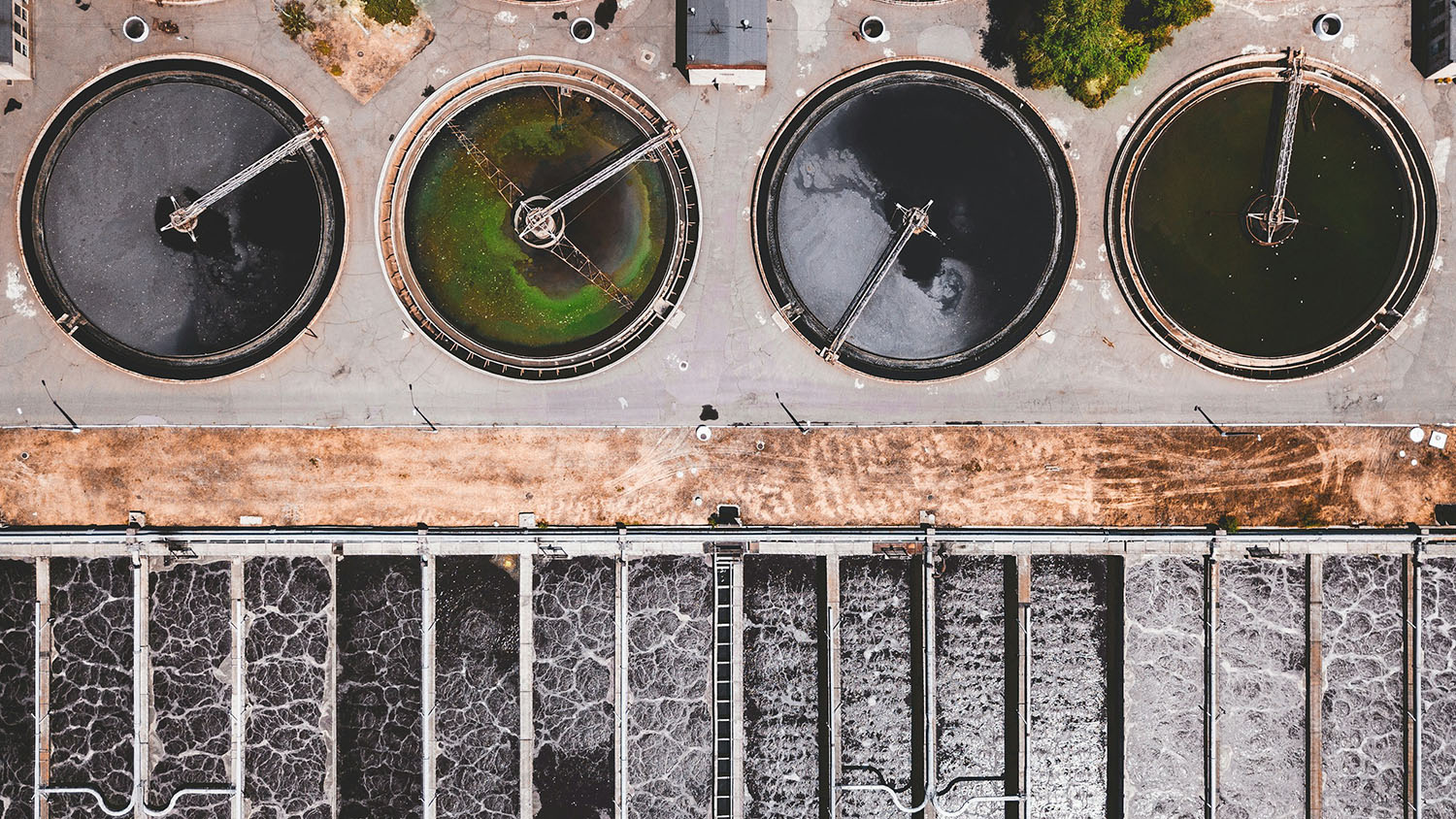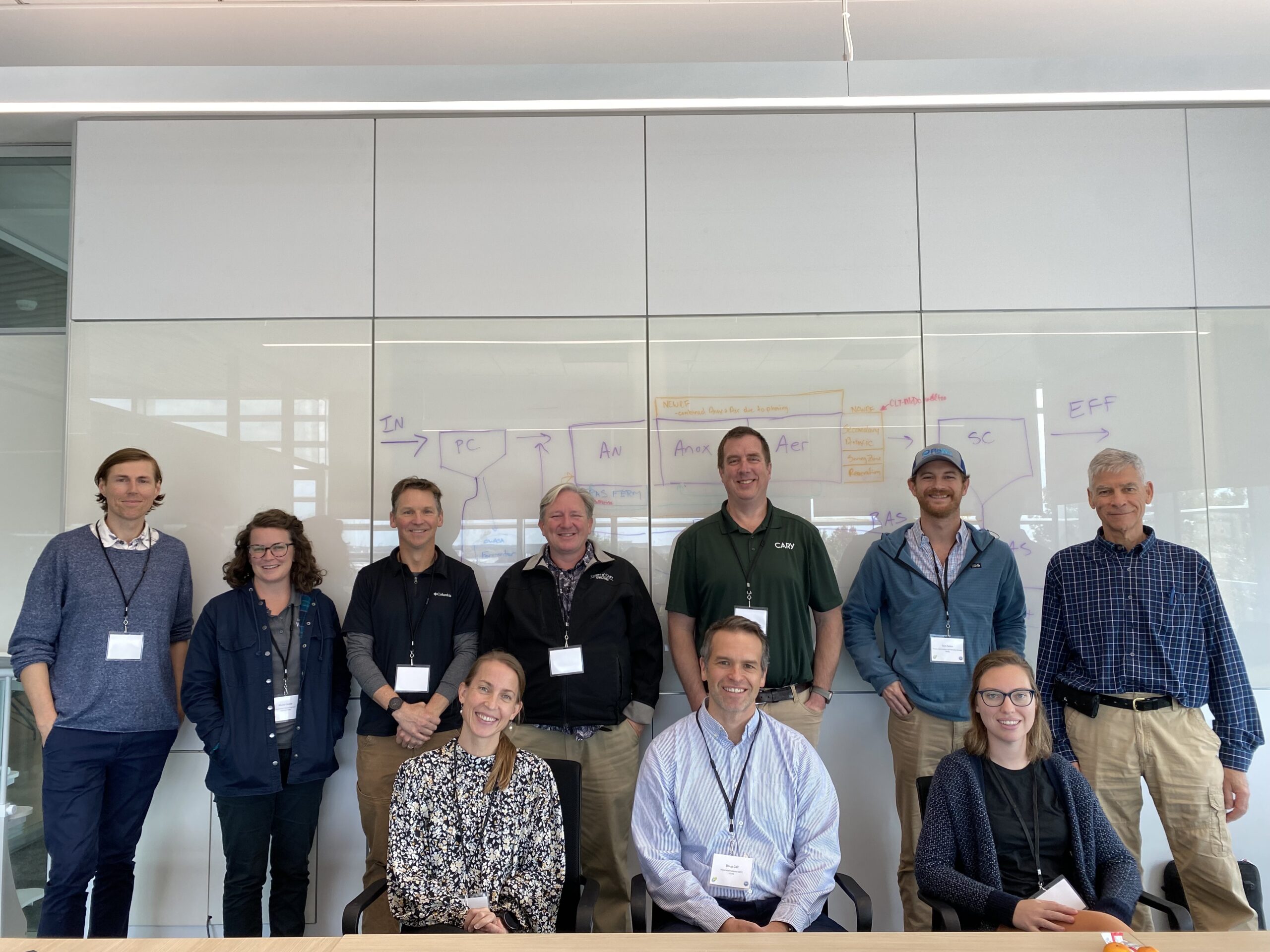STEPS Recap of European Sustainable Phosphorus Conference

By: Matt Scholz, Senior Program Manager, Sustainable Phosphorus Alliance & co-director of Knowledge Transfer, STEPS
STEPS director Dr. Jacob Jones and co-lead of Knowledge Transfer Dr. Matthew Scholz recently attended the fifth European Sustainable Phosphorus Conference. The event was hosted by the European Sustainable Phosphorus Platform, on October 8 & 9 in Lleida, Spain. The conference attracted some 230 attendees who watched plenary talks and parallel sessions featuring some 90 speakers. The event also marked the 10th anniversary of the European Sustainable Phosphorus Platform, and we wish them the best for all the decades of inspired work to come. The full agenda can be found here.
At a policy level, the European Green Deal comprises a set of policies that have implications for sustainable phosphorus use. As described by speaker Stephanos Kirkagaslis (DG AGRI), these include its Farm-to-Fork Strategy, which calls for a 50% reduction in nutrient losses (c.f. Zero Pollution Action Plan), 20% reduction in the use of synthetic fertilizers, and 25% increase in organic farmland extent by 2030; its 2020 Circular Economy Action Plan, which aims to develop market demand for secondary materials and calls for integrated nutrient management planning; and the Critical Raw Materials Act, which defines both elemental phosphorus and phosphate rock as critical raw materials and instructs member states to implement recycling measures.
The Green Deal also funds, at 93.5 billion euros, Horizon Europe, which serves as a research and innovation program to help deliver on Green Deal aspirations through funding a wide array of projects. Five target areas, or “R&I Missions”, have been identified as part of the 2021-2027 program, including ones entitled “Healthy oceans, seas, coastal & inland waters” and “soil health and food”. These missions fund many projects, including those addressing reducing nutrient pollution, improving soil health, and developing the circular bioeconomy for nutrients.
Europe’s agricultural productivity hinges on a stable supply of phosphates, yet it lacks a sufficient domestic phosphates mining industry. The vulnerability of Europe’s farming sector to price shocks in the synthetic and mineral fertilizer markets was laid bare by the Russian invasion of Ukraine, and speaker Sara Johansson (European Environmental Bureau) spoke of the >300% increase in EU fertilizer costs as a result of the invasion. Not surprisingly, then, recycling/upcycling organic materials—a pathway to European phosphates independence–was the central theme of the conference.
Among many policy efforts outlined by Bertrand Vallet (European Commission, DG RTD), the EU has begun to address phosphates independence by creating a Bioeconomy Strategy to scale up circular bioeconomy solutions and a public-private partnership, called the Circular Bio-based Europe Joint Undertaking, which has funded a large variety of projects. Vallet highlighted two Joint Undertaking projects, funded at a total of 15 million euros, to help produce safe, sustainable, and efficient bio-based fertilizers. Some of the discussed barriers to realizing more circular economies will be familiar to our North American community: lack of knowledge about regional nutrient flows, lack of economic drivers, and behavioral barriers.

Four of the event’s six parallel sessions focused on nutrient recovery using a diversity of techniques on all manner of matrices—incinerated biowaste, municipal wastewater, agricultural digestates, phosphogypsum, etc.–and one session focused on the agronomic performance of some of these materials. It was exciting to see the energy going into these research and innovation efforts across the EU. However, despite the state goal of the Circular Economy Action Plan to develop market demand for these products, we noted little discussion about the challenges of taking these recovered nutrients products to market and their competitiveness with synthetic fertilizers. One notable exception was provided in a talk by Richard Carreras (Beta Technology Centre), who outlined the Catalan digestate plan. Many aspects of recycling are being considered under the strategy, including not only digestate technology treatment development, but the logistics of transporting nutrients from source to available agricultural land, regulatory frameworks for governing direct application of digestate or conversion to biofertilizers, costs associated with operations and capital equipment, competitive barriers, etc.
For those interested in further discussion of EU circular bioeconomy policy, we commend you to the outputs of recent ESPP workshops on the topic, which are summarized here.
Platforms for international collaboration on nutrients were also discussed at the event. Ning Liu of the Global Partnership on Nutrient Management (GPNM), a UNEP program launched in 2009, discussed the partnership’s roles in fostering international cooperation, awareness-raising, knowledge sharing, and engaging stakeholders. The UN Environment Assembly has already adopted a sustainable nitrogen management resolution, and recently, the Executive Director of UNEP called for international cooperation around managing nutrients, especially phosphorus. UNEP has funded the uPcycle project to protect freshwater and coastal ecosystems from phosphorus overloading. For its part, GPNM is in the process of relaunching a task force on phosphorus.
The meeting closed with a panel of representatives from major phosphorus and nutrient platforms. Joining ESSP on stage were representatives from the Netherlands Nutrient Platform, DPP German Phosphorus Platform, Research Institutes of Sweden, the new Catalan Nutrient Platform, and the Sustainable Phosphorus Alliance. Presentations by each platform enabled the sharing of best practices and contrasting certain needs of local constituencies.



